The technology in the field of image sensing is rapidly developing. According to Yole's recently released "Automotive MEMS and Sensor Markets and Technology Trends - 2017 Edition", "CMOS Image Sensor Industry Status - 2017 Edition" and "3D Imaging and Sensing - 2017 Edition" reports, smartphones, cars and security are currently The hottest three image sensing applications market. According to James Consulting, OmniVision, a heavyweight manufacturer in the field of CMOS image sensors, recently released NyxelTM, a near-infrared enhancement technology. To delve into NyxelTM technology, Yole recently interviewed RayCisneros, Vice President of Global Marketing at OmniVision, to discuss the birth of NyxelTM technology and its impact on OmniVision.
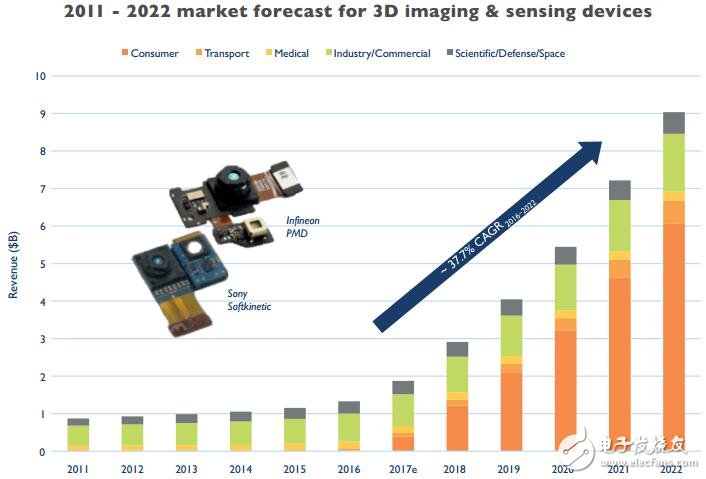
3D imaging and sensor device market forecast for 2011~2022
YoleDéveloppement (hereinafter referred to as YD): Please tell us about OmniVision's market position in the current image sensor field?
RayCisneros (hereinafter referred to as RC): OmniVision is involved in every segment of the global image sensor industry. Currently, our main markets include mobile phones, security, automotive, personal computers, medical and machine vision. Compared to our competitors, we have a deeper layout in each market segment. Our competitors often cover only one or a few segments, and OmniVision is currently the only image sensor supplier to cover all market segments.
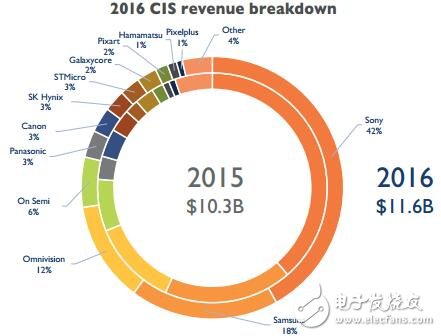
Market share of CMOS image sensor manufacturers in 2016
At present, although the mobile phone market is the largest market for image sensor shipments, other market segments are growing faster. The medical and other fields are still in the early stage of growth, and the scale of the market maturity stage is currently not accurately estimated. However, we believe these markets have significant long-term growth potential and market value.
YD: OmniVision is promoting a new NIR sensor technology named NyxelTM, how will this technology affect OmniVision's product line?
RC: The application of NyxelTM technology will have a broad and far-reaching impact on our business. In the field of security surveillance applications, we have released some products that integrate NyxelTM technology. Of course, applications and markets that benefit from the benefits of this technology, including higher near-infrared quantum efficiency and lower system power consumption, include machine vision, automotive, medical, and even smartphones. In the short term, the market demand for security surveillance is the highest, and we will continue to introduce security surveillance products using NyxelTM technology. We also plan to selectively apply NyxelTM technology to those segments that can maximize their strengths. Of course, almost all segments have the need to integrate NyxelTM technology.

NyxelTM technology advantage
YD: The security field is one of OmniVision's core flagship markets. Please tell us about the market and its potential impact of NyxelTM technology.
RC: There is an urgent need in the security surveillance field to be able to image in near-dark conditions, while still offering low-cost and low-power advantages. This significantly reduces the final system cost in the commercial and consumer security surveillance sub-sectors. In addition, for fast emerging wireless IoT monitoring applications, NyxelTM technology is a necessary enabling technology due to severe power constraints. NyxelTM technology is also a basic semiconductor process building block for any combination of resolution and pixels. All of these advantages make NyxelTM technology available to all product lines of security surveillance solutions.
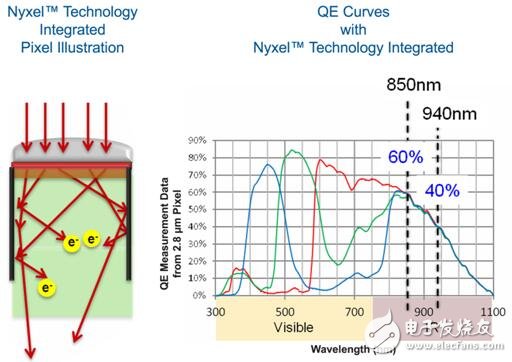
OmniVision's pixel structure using NyxelTM technology
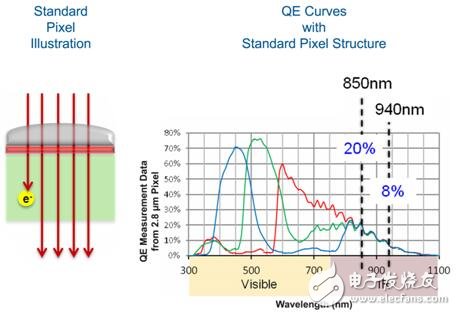
OmniVision's standard cell structure
YD: Please tell us about the impact of NyxelTM technology on another important market for OmniVision, the automotive market.
RC: For the automotive market, NyxelTM technology will provide unprecedented night vision capabilities in display and machine vision applications. The imaging capability in an almost complete dark environment fundamentally solves the most important consideration in the automotive field, namely safety. The camera with NyxelTM technology can directly meet this market demand. Similarly, NyxelTM technology can also be applied to one of the core technologies required for autonomous driving – the automotive machine vision camera, which greatly accelerates the realization of the ultimate goal of autonomous driving. Although autopilot relies on the synergy of multiple solutions such as LiDAR (laser radar) and ultrasound, imaging solutions based on NyxelTM technology have exceeded expectations.
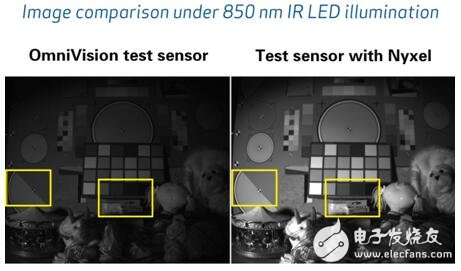
Image comparison of image sensors using NyxelTM technology
YD: We have noticed that OmniVision is involved in a variety of different consumer sensing devices, such as Intel RealSense and Lenovo Phab2Pro. What is the proportion of this business in OmniVision's overall business?
RC: RealSense is a notebook platform 3D solution developed by us and Intel (Intel) for a long time. Like other consumer devices, notebook 3D sensing applications are also becoming a trend. Of course, the acceptance of end customers and the development of user stories will take some time. However, the added value of 3D sensing is being quickly verified through many applications such as face recognition, novel chat experience, 3D map construction, and gesture tracking. The growth potential of 3D sensing applications is clearly not limited to the notebook and smartphone markets, and will surely sweep across the entire consumer and commercial markets. OmniVision focuses on all technologies related to 3D sensing solutions, such as global shutter sensors, dual camera architectures, and time-of-flight (ToF) products.
YD: How do these 3D sensing related technologies developed by OmniVision relate to the 3D sensing components of the latest generation of smartphones?
RC: In addition to smartphones with 3D sensing capabilities, we expect a large wave of products offering a variety of 3D sensing capabilities. OmniVision's mission is to provide them with core sensor products that meet the needs of all these 3D sensing applications. For example, our global shutter sensor can be used in certain 3D sensing architectures for consumer and commercial products. We offer global shutter sensors with various resolution and size parameters. We also offer wafer-level packaged camera modules that are ideal for industrially compact products such as AR/VR (Augmented Reality/Virtual Reality).
YD: What do you think of the ratio of NyxelTM technology between imaging and sensing applications?
RC: From the early to the mid-term, we expect imaging solutions that leverage NyxelTM technology to be dominant in terms of shipments. However, using Nyxel? Technology sensing solutions are also expected to grow rapidly, as NyxelTM's higher near-infrared quantum efficiency is equally applicable to sensing applications. Numerous studies have shown that the market for sensing solutions is larger, as almost all human-computer interaction applications require sensing solutions. The best examples at the moment are ADAS (Advanced Driver Assistance Systems) and autonomous vehicle architecture. Similarly, almost all human-computer interaction user cases require a sensing solution. In this way, sensing solutions will eventually become the most important market, and solutions based on NyxelTM technology will bring long-term competitiveness to OmniVision.
YD: Where is the difference in OmniVision's differentiation? How to compete with competitors?
RC: Our differentiated advantages include: We have the ability to bring new products to market faster, and NyxelTM technology is ready for mass production. Now, we are already providing image sensors based on NyxelTM technology for the security surveillance market. Customer intent and demand have significantly exceeded our expectations. We are working hard to introduce a full range of security-based image sensors using NyxelTM technology, including products in various resolutions, cell sizes and package sizes. We are also working with our customers in other important markets to launch NyxelTM products for these markets as soon as possible.
Our Cat6 Flat Ethernet Cable provides high performance, as it uses 250Mhz to transfer data up to 1Gbps, faster than CAT5E. Allowing for greater bandwidth and, therefore, home and office productivity.
Cat 6 Flat Ethernet Patch Cables are designed for high density environments where clearance and space is limited.
CAT6 Ethernet Cable is manufactured in our own factory with 4-pair oxygen-free pure copper and RJ45 connector plugs with FU gold-plated contacts with molded strain relief snagless boot. Our high-speed Category 6 Ethernet cable has an in-wall PVC jacket.
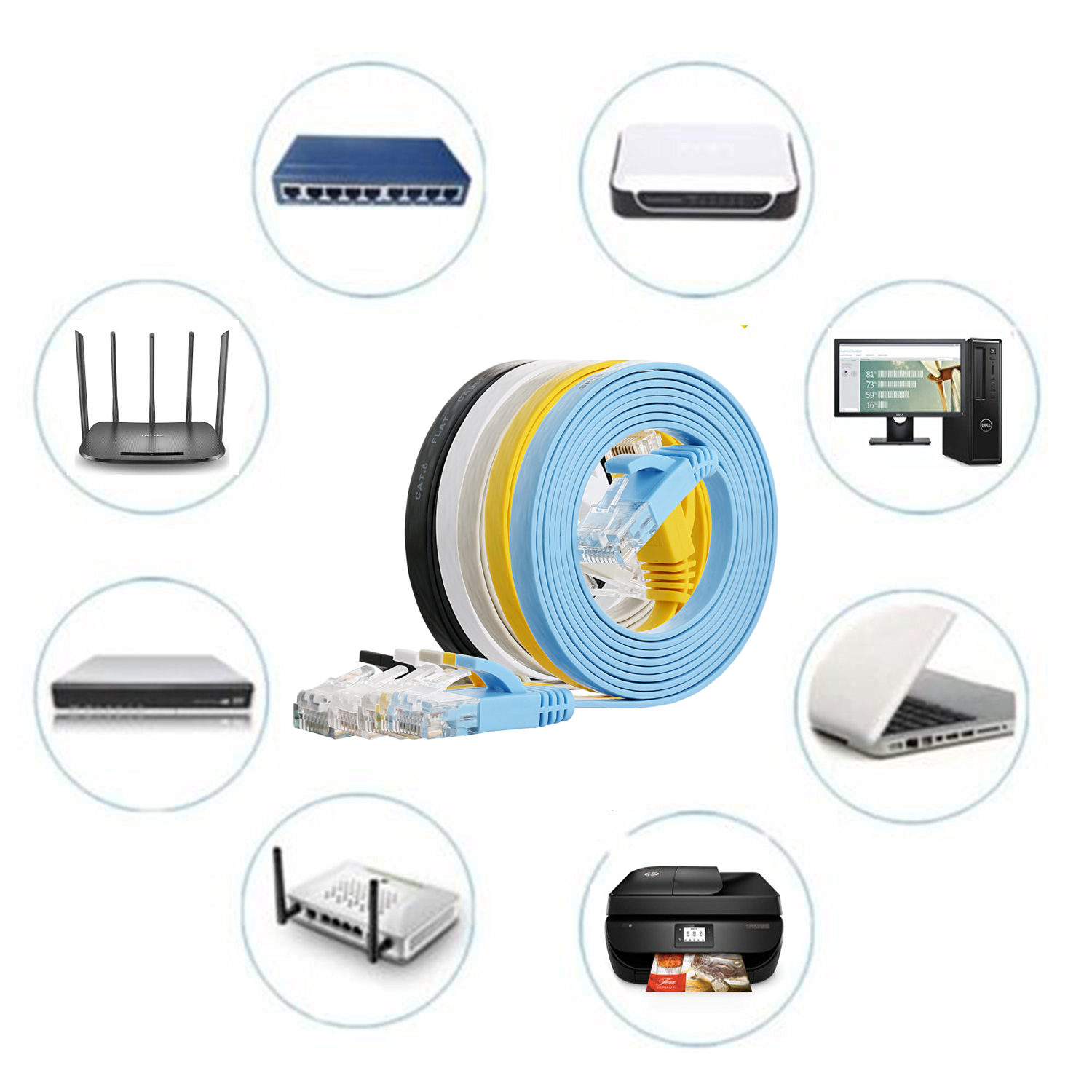
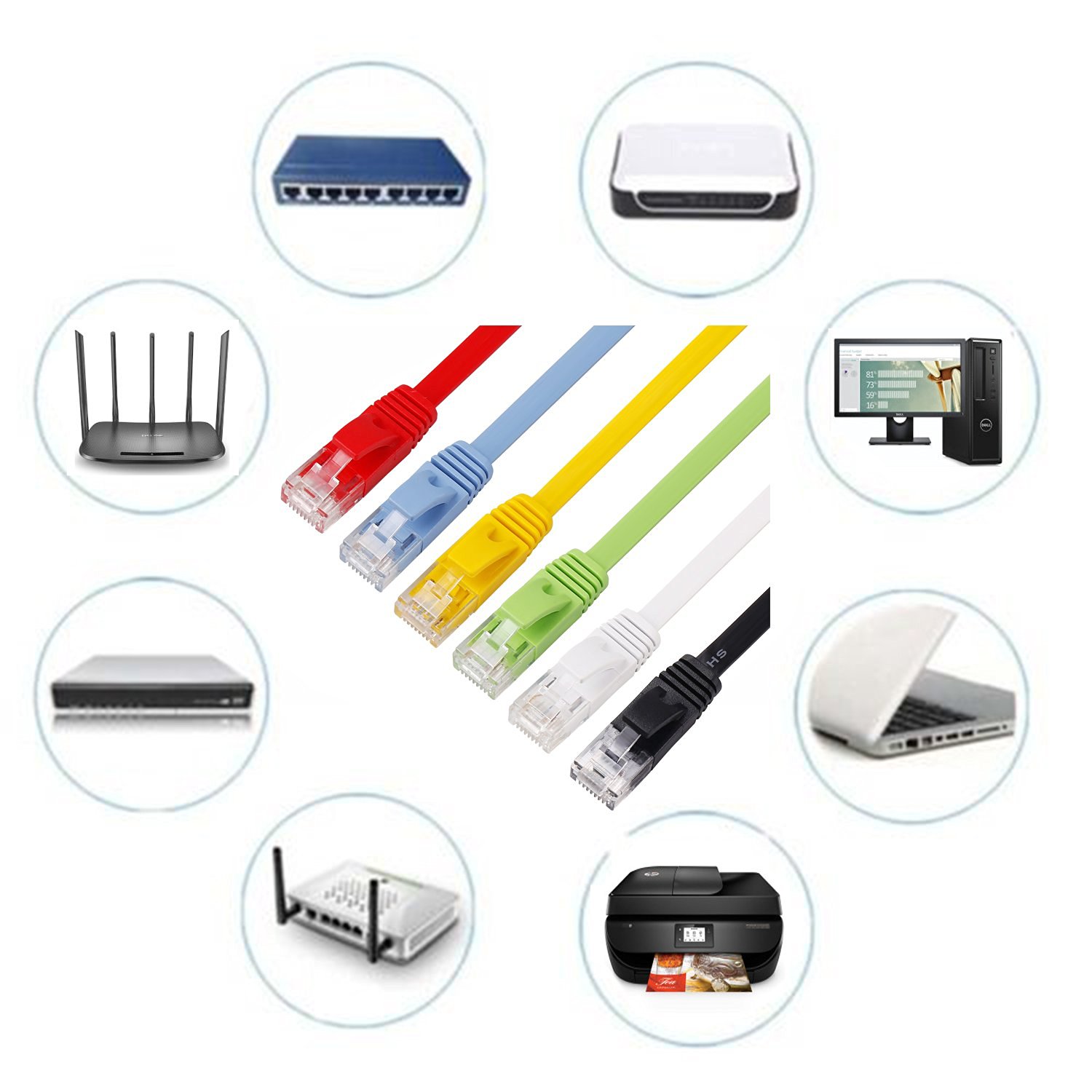
Super five line identification is "CAT5E", bandwidth 100M, is the mainstream product;The identification of the six lines is "CAT6", with a bandwidth of 250M, used to set up gigabit network, which is the trend of future development.
The "UTP" method refers to the UTP -- Unshielded Twisted Pair cable, which consists of several pairs of Twisted Pair and one plastic sheath.CAT5E of twisted pair also use 4 winding pairs and 1 anti-tension wire, the color of the pair is exactly the same as the CAT6 of twisted pair, namely white orange, orange, white green, green, white blue, blue, white brown and brown respectively.
Although the CAT5E of unshielded twisted pairs can provide up to 1000Mb/s of transmission bandwidth, they often need to be supported by expensive special equipment.Therefore, it is usually only used for 100Mb/s fast Ethernet to connect desktop switches to computers.If you are not prepared to upgrade your network to gigabit Ethernet in the future, then you might as well use CAT5E of unshielded twisted pair in horizontal wiring.
CAT6 of unshielded twisted pair: all parameters of the six classes of unshielded twisted pair have been greatly improved and the bandwidth has been extended to 250MHz.The CAT6 of twisted pair are different from the CAT5 or CAT5E types of twisted pair in shape and structure, which not only increases the insulated cross skeleton, but also places the four pairs of twisted pair wires in the four grooves of the cross skeleton, and the diameter of the cable is also thicker.
In addition to the traditional voice system still use three types of twisted pair, network cabling is basically using CAT5E or CAT6 of unshielded twisted pair Ethernet cable.
Cat6 Flat Ethernet Cable,Braided Nylon Cat6 Cable,Nylon Braided Cable Ethernet Flat,Cat6 Flat Ethernet Cable
Shenzhen Kingwire Electronics Co., Ltd. , https://www.kingwires.com